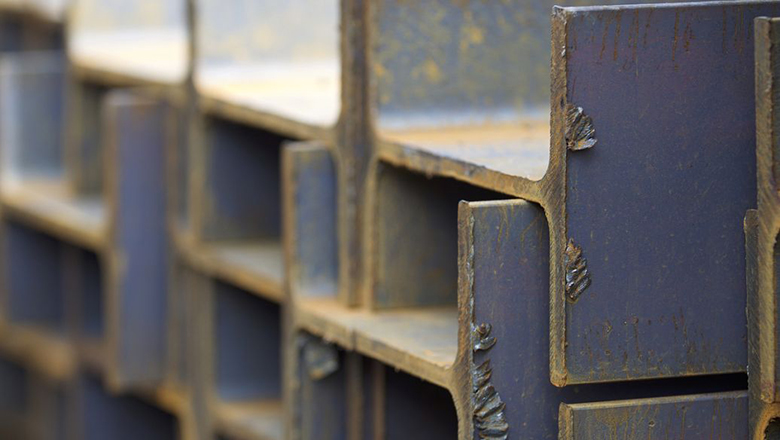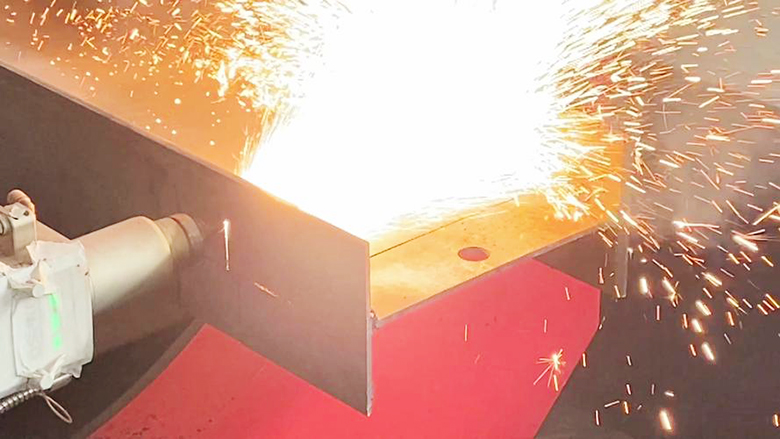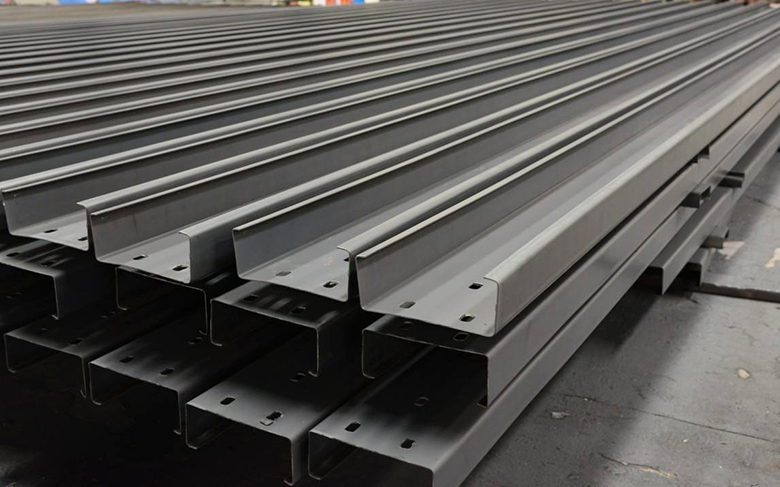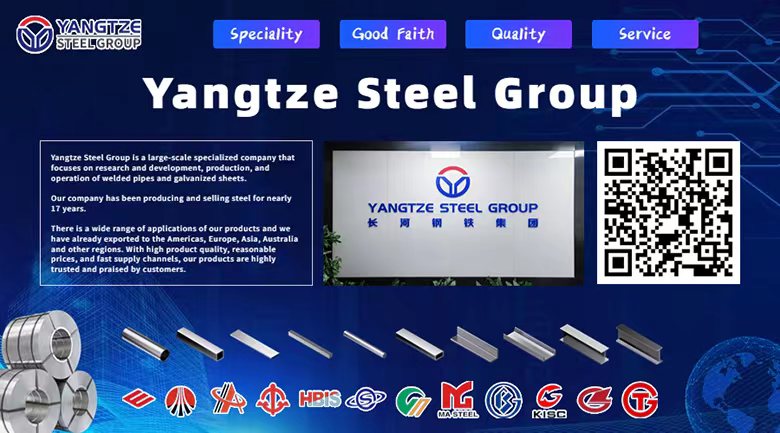Differences and applications between H-shaped steel and U-shaped steel
H-shaped steel and U-shaped steel are commonly used types of steel in construction engineering and structural support. Due to their different cross-sectional shapes and physical properties, they each have unique advantages in the engineering field.

1. H-shaped steel
H-shaped steel is named after its "H"-shaped cross-section. It has excellent bending strength and load-bearing performance and is often used in large-span structures with high load-bearing requirements, such as bridges, high-rise buildings and support structures. Its wide flange and thin web design can evenly disperse stress and resist deformation, making it suitable for large-scale engineering projects with long-term loads.
Application scenarios:
● High-rise buildings: As steel structure frames and support columns, they improve building stability.
● Bridges: Provide good bending resistance and strength to ensure the safety of bridge structures.
● Plant brackets: Suitable for carrying large equipment or cranes, increasing the durability of plant buildings.

2. Characteristics and applications of U-shaped steel
U-shaped steel has a "U"-shaped cross-section, a more flexible structure, and is suitable for cold bending and splicing processing. It is usually used for light support structures and protective structures. Its characteristic is that it is easy to form a closed structure and is often used in occasions that require protection or support, such as tunnels, mine supports and light steel structure buildings.
Application scenarios:
● Tunnel support: used for support and reinforcement in tunnels to ensure structural safety.
● Mine support: as a protective support, it provides structural support to ensure safe production.
● Light building structure: suitable for small and medium-sized building support, easy to process and assemble.

3. The difference between H-shaped steel and U-shaped steel
Characteristics | H-beam | U-shaped steel |
Cross-sectional shape | H-shaped | U-shaped |
Bending performance | High | Medium |
Flexibility | Low | High |
Compression resistance | Medium | High |
Main application | Buildings, bridges, offshore platforms, etc. | Mine support, slope protection, etc. |
Processability | Suitable for welding and cutting | Easy to splice |
H-shaped steel and U-shaped steel each have unique characteristics and are suitable for different engineering needs. H-shaped steel is suitable for building structures that need to bear weight and resist bending, while U-shaped steel is more suitable for supporting and protecting structures. Choosing the right steel can improve the safety and economy of the project, thereby achieving the best construction effect.









